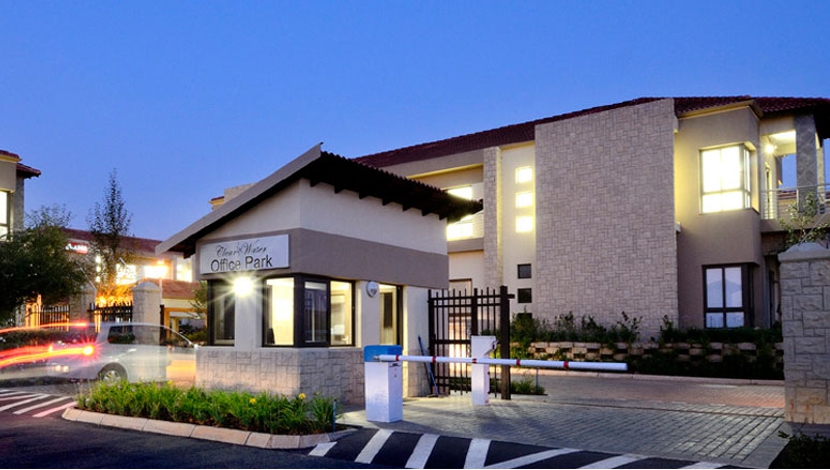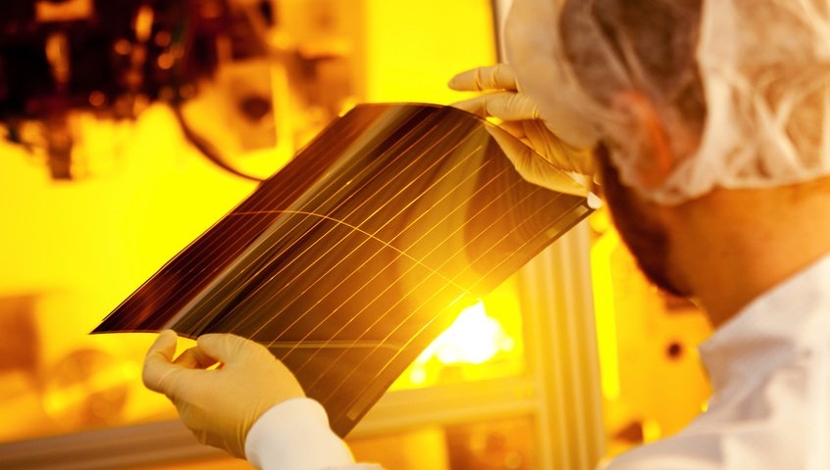

The use of polypropylene fibres in concrete flooring applications has provided major benefits for all stakeholders in the Clearwater Corporate Office Park project on Gauteng’s East Rand.
The building will be the first in South Africa to employ the CHRYSO Durus S400 Macro Fibre from CHRYSO Southern Africa. The fibres are an integral component of the screed that is placed on top of hollow-core slabs, which are located on all three above-ground storeys of the structure.
Being constructed by contractors Ludikon Construction, the building comprises a parking level and two levels of office space.
CHRYSO Southern Africa was able to offer this solution through its association with UK-based Adfil Construction Fibres who, together with Oxyfibre, was responsible for the design of the structural screed that was placed over the hollow core slabs.
Hannes Engelbrecht, GM Marketing and Commercial Sales at CHRYSO, says this particular macro fibre was selected because it will enhance the durability of the screed by combining concrete strength with the flexibility of the polypropylene fibre. “It will also minimise surface cracking in the concrete,” he says.
The floors of both office storeys and the roof are constructed from hollow-core concrete slabs supplied by the Echo Group.
Each hollow-core slab receives a concrete topping; the bottom and middle floors have a 50-mm-thick concrete topping, while the third floor – the roof – receives a thicker topping of 75 mm.
Ludikon’s John Swart explains that the primary challenge on this project was that there was insufficient space to use conventional steel mesh reinforcement, due to the large volume of service conduits that had to be installed within the topping.
“We therefore used a fibre solution and this resulted in significant time savings on the project as well,” he says.
The use of Durus S400 fibres in the screed not only allowed more space for the service conduits, it also saved the contractor the cost of the steel mesh reinforcing and eliminated the time consuming placement of the mesh.
“Placing the pumped concrete is much easier and faster when the operator does not have to navigate steel reinforcing, enabling quicker turnaround times for the readymix trucks,” Izak Louw, Oxyfibre Operations Manager, says. “This reduced concrete pouring time by about three days.”
Another major advantage of using fibre instead of steel mesh is that the fibre disperses throughout the concrete matrix, facilitating a multi-directional plastic shrinkage cracking reduction matrix.
“Impact resistance is another important characteristic that is enhanced by using CHRYSO macro fibres, due to the high level of energy absorbed in the de-bonding, stretching and pulling out of fibres after the cement matrix has cracked,” Engelbrecht says.
More information from Elrene Smuts, Tel: +27 11 395 9700 / www.za.chryso.com
More news
- N2 rehabilitation project to be completed end of this year
- Siemens to build two gas-powered electricity plants in Libya
- International team unveil 76,000 m2 waterside development in Abu Dhabi
- Gift of the Givers to unveil aquifer project in drought-stricken Beaufort West
- Kenya: one million low cost houses to be constructed over the next five years





